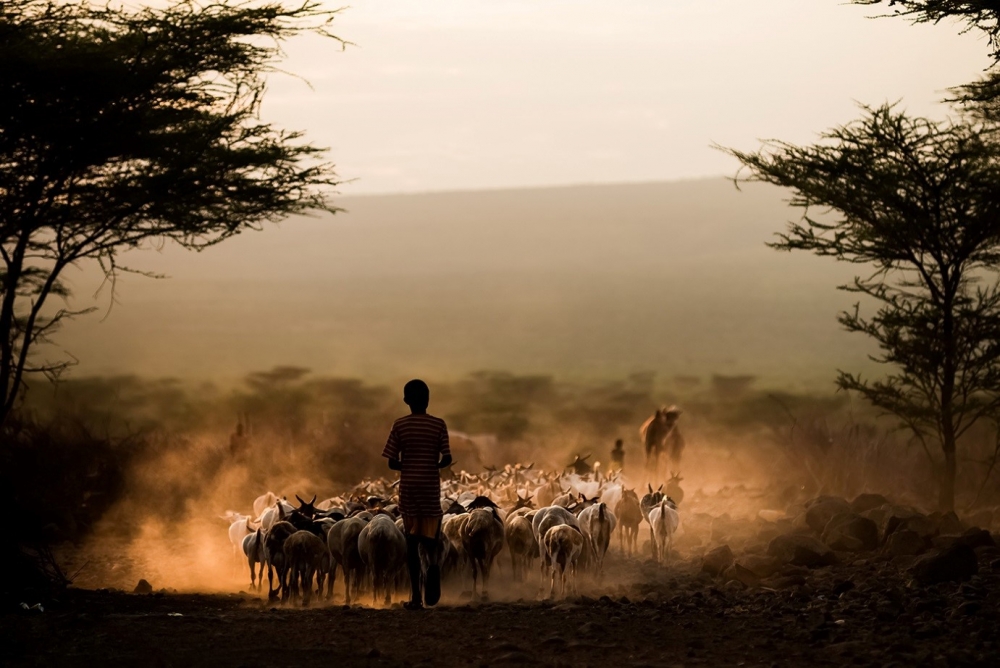World Food Programme and FAO: Hunger in conflict stricken countries is intensifying

The latest bi annual report from the World Food Programme (WFP) and Food and Agricultural Organisation of the UN (FAO) reveals that food insecurity in conflict zones is continuing to deteriorate.
There is continued need for humanitarian support to provide affected areas with food relief and livelihood support, the report warns.
The WFP and FAO cover 16 countries in the report: Afghanistan, Burundi, the Central African Republic, the Democratic Republic of the Congo, Guinea-Bissau, Haiti, Iraq, Lebanon, Liberia, Mali, Somalia, South Sudan, Sudan, Syrian Arab Republic, Ukraine and Yemen.
In over half of the countries assessed more than a quarter of the population are experiencing emergency levels of hunger. However, a number of other countries are also facing crisis and severe hunger.
The report indicates that 7.7 million people in Democratic Republic of Congo are experiencing acute hunger, with 11% of the population being classified as in ‘crisis’ phase or above on the International IPC Food Security Scale.
In Sudan 3.8m are in crisis phase or above, in Iraq the figure is 3.2 million.
The IPC classifies food insecurity as a crisis when 1 in 5 households have high or above usual acute malnutrition or are only able to meet minimum food needs by depletion of livelihood assets. Crisis level food insecurity (level 3) is followed by an emergency phase and finally famine.
The report highlights that a common factor contributing to food insecurity in all 16 countries is conflict.
Furthermore, the UN’s most recent assessment of food insecurity, ‘State of Food Insecurity and Nutrition in the World, revealed that the cause of recent increases in world hunger is conflict.
The report indicated a steep rise in hungry people between 2015 and 2016, rising from 777 million to 815 million. The findings also revealed approximately 60% of these are in countries affected by conflict.
"We know through our work that countries with the highest levels of food insecurity are also those most affected by conflict," said FAO Director-General José Graziano Da Silva.
The WFP and FAO report is part of a wider initiative to track food crises on a global scale and reflects a growing consensus that achieving sustainable development, food security and nutrition goals, must be combined with peacebuilding and conflict resolution efforts.
If you’d like to stay informed on the latest updates in aid and development, please sign up for the AIDF newsletter.
Image credit: FAO














